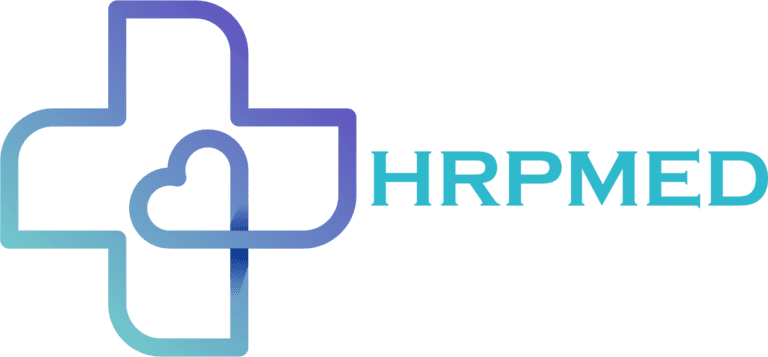Frequently Asked Questions
What is the medical billing pattern?
The medical billing pattern comprises of a system that start off with patient appointment, eligibility check, coding, charge entry, and go on to claim submission, payment posting, AR review, and denial management.
What is RCM?
RCM (Revenue Cycle Management) is a system to perform all financial transactions between patients, healthcare providers, and payers.
What is AR in medical billing?
AR (Accounts Receivable) to follow up over the claims, increasing revenue collection, and maintaining a record of cash flow. AR is vital for health practices to follow-up the claims submitted and with the insurance companies, for revenue recovery optimization.
How much should I be charged for medical billing services?
The percentage that you will be charged is usually governed by the variable e.g. the types of medical procedures, the tax rate in your state, and the volume of patients. On average it’s 7.9% of the whole accumulated medical revenue. Some companies offer no setup fee but some charge from $250 to one thousand.
What are the steps in the medical billing process?
- Patient Registration
- Verification Of Eligibility
- Creation of Patient Encounter
- Medical coding compliance
- Claim scrubbing
- Claim submission
- Payer Decision
- Patient’s statements
- Follow-ups
- Payment posting
- Reporting
How do I fix medical billing errors?
The medical biller should ensure that the codes are input correctly during the billing process. Medical codes that are incorrect, mismatched, or overlooked might have an impact on insurance claims. This is because the patient, as well as the insurance company, are both charged for the therapy based on the hospital’s medical codes. To produce the correct charge, the medical biller must keep up with current medical codes.
What is EHR and EMR in medical billing?
EMR (Electronic Medical Record) and EHR (Electronic Healthcare Records) is an electronic healthcare software that carries the record of patients’ complete health-related information. EHR maintains a digital mode to handle patient visits, storing health records, and connects with prescribe and laboratories. EHRs are further capable of integrating patient portals and billing systems.
How long does it take to credential a provider with Medicare?
The good thing about Medicare is that the day they receive the application, providers can bill from that date. Medicare takes 60 – 90 days to complete the credentialing process and sometimes the turnaround time is just 15 days.
How long does it take to credential a provider with insurance companies?
The insurance companies take between 60 – 90 days to verify the provider’s educational documents, qualifications, past work experience, and checking the criminal record.
Why is credentialing needed?
Insurances usually review provider agreement every 3 years to ensure and many of the payers requires complying with the re-credentialing to ensure provider network quality.
Why does credentialing take so long?
Every payer has a different process to set the sign-up application and usually, an in-house committee scrutinizes the application form every angle and get the credentials verified.
What is meant by provider credentialing?
The provider credentialing is a process of validating the accuracy of provider’s educational documents, career record, malpractice history, licenses, diplomas, certifications, and professional references upon hiring. It is mandatory for Providers to be credentialed with the payers and insurance companies to get paid and the process includes NPI and CAQH Proview.
